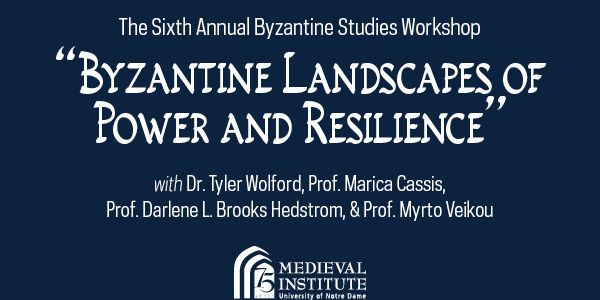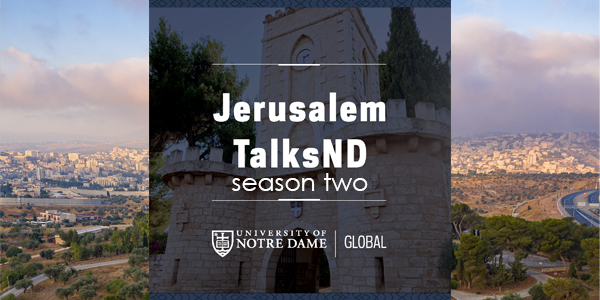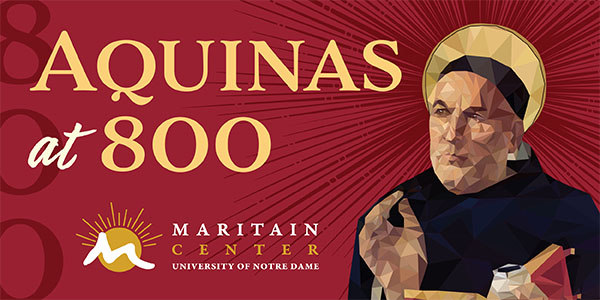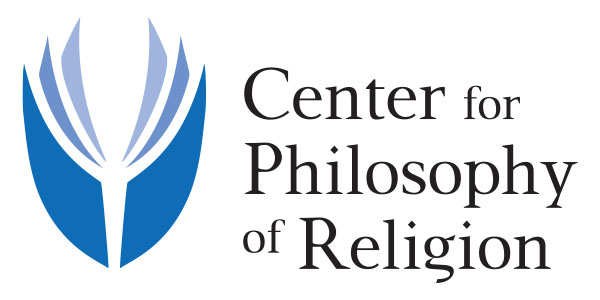Fasting with a Contrite Heart
Fr. Austin Collins, C.S.C., vice president for Mission Engagement and Church Affairs and professor of sculpture, reflects on Saint Paul the Hermit by Jusepe de Ribera. In this painting, Ribera depicts the aging ascetic Saint Paul using a warm palette of muted tones and soft, feathery brush strokes. Saint Paul’s slender arms, ruddy hands, bony chest, sagging flesh, and wrinkled appearance embody humility as he contemplates mortality, symbolized by the skull he holds. This appeal to the senses helps devout viewers contemplate higher ideals such as detachment from wealth, repentance from sins, and fasting for spiritual enrichment.
In the Mass reading for the first Friday in Lent from Isaiah, the people of Israel ask, “Why do we fast, and you do not see it? afflict ourselves, and you take no note of it?” Likewise, in this day’s Gospel, the Pharisees and disciples of John the Baptist ask Jesus, “Why do we and the Pharisees fast much, but your disciples do not fast?”
In both stories, the sacrifices God requires do not align with human expectations. We often like to have clear rules to guide us. We expect a life of fasting to appear obvious like St. Paul the Hermit, but God is not necessarily asking us to go to such extremes. Real sacrifice requires repeated discernment and active response. In Isaiah and Mark’s Gospel, we are told that fasting is relational—it is our response, our sacrifice of love for those God has placed in our lives, be they the homeless, the stranger, the oppressed, or indeed the bridegroom himself—Christ.
Lent has begun, and so we must ask ourselves how we will discern and respond in this season as we, once again, take up our Lenten fasts.
This Lent, ThinkND invites you to join FaithND and the Raclin Murphy Museum of Art for a journey of Lenten discovery through some of the most significant liturgical paintings in the Raclin Murphy collection, challenging you to contemplate prayer, fasting, sinfulness, mercy, grace, and God’s infinite love from the perspectives of the artist’s gaze. To subscribe to the FaithND Daily Gospel Reflection visit faith.nd.edu/signup.
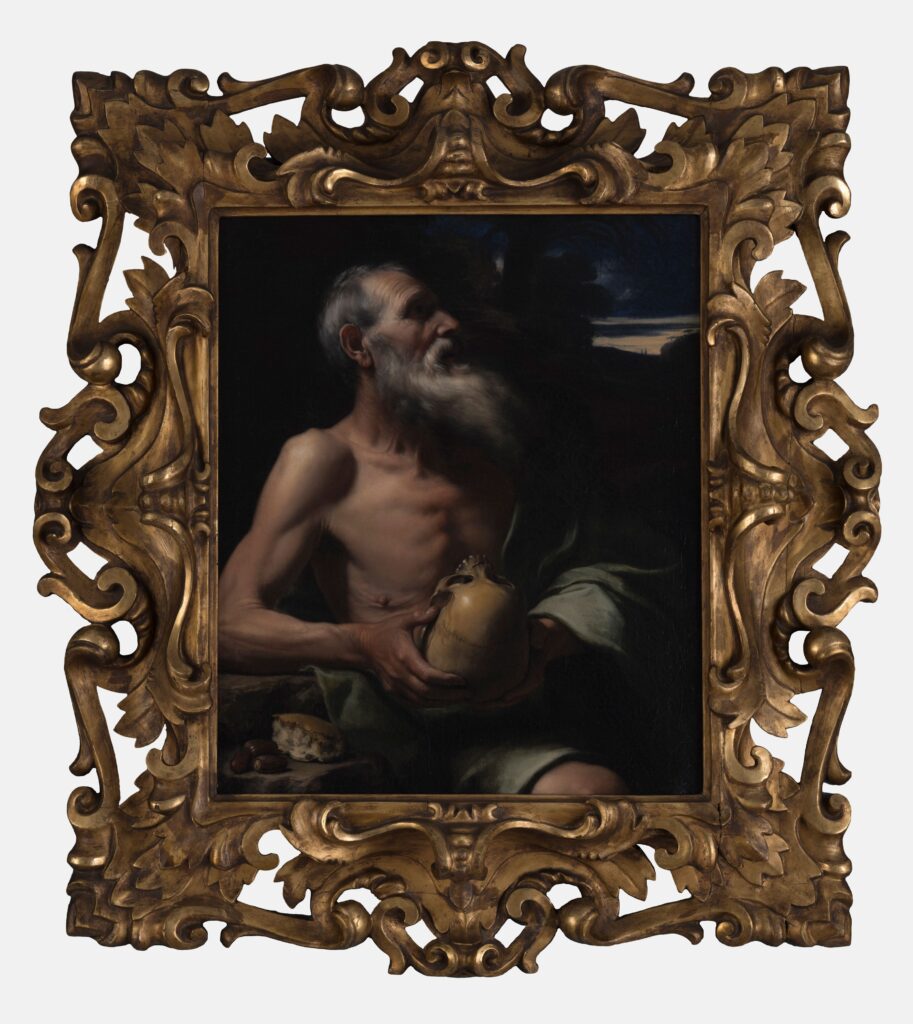
This loaned painting of St. Paul the Hermit by Ribera is typical of followers of Caravaggio in its dramatic lighting and raw, natural depiction of the physical effects of the years of fasting and an ascetic lifestyle. From the saint’s legend, the painting illustrates the daily delivery of a half loaf of bread and three dates by a raven. The saint grasps an upturned skull with his sunburned hands as he looks up and to the right, his gray beard and the tired skin of his torso are indicative of his advanced age. These motifs—the haggard depiction of an elderly bearded ascetic, the remarkably natural portrayal of the skull, and the isolation and devotion of the subject—were to become hallmarks of Ribera’s work.
“Ribera’s half-length portrait of a saint is a stunning example of Counter-Reformation devotional art popular in the seventeenth century, and it richly complements the University’s collection of Italian religious narratives,” said Cheryl Snay, Curator of European Art at the Raclin Murphy Museum of Art. “Moreover, the artist’s emphatic naturalism and dramatic tension make it as compelling now as it was four centuries ago.”
from Museum Calendar of Events, Fall 2019
For closer viewing of this work through the digital collections of the Raclin Murphy Museum of Art, please click here.
More Like This
Related PostsLet your curiosity roam! If you enjoyed the insights here, we think you might enjoy discovering the following publications.


